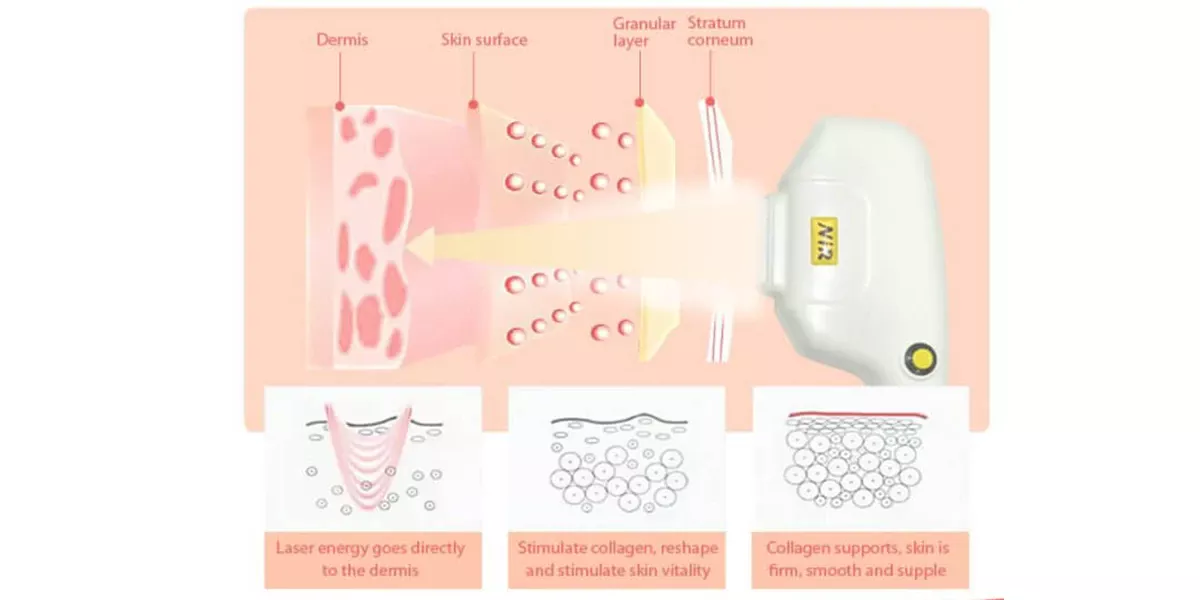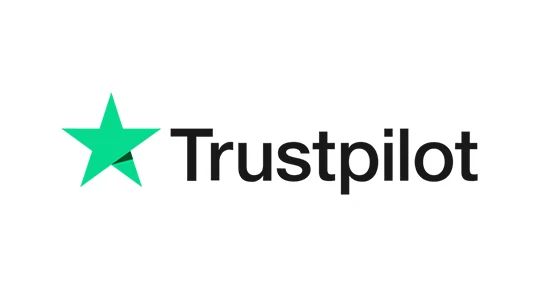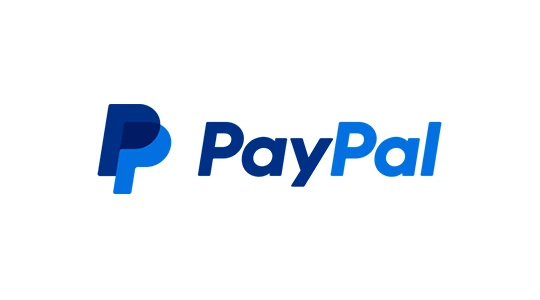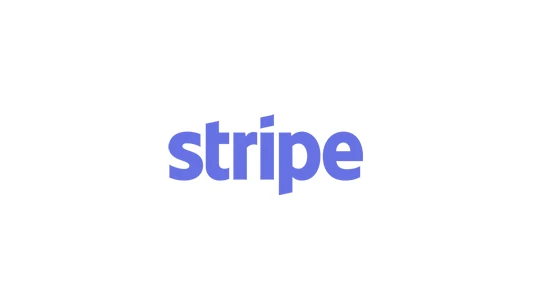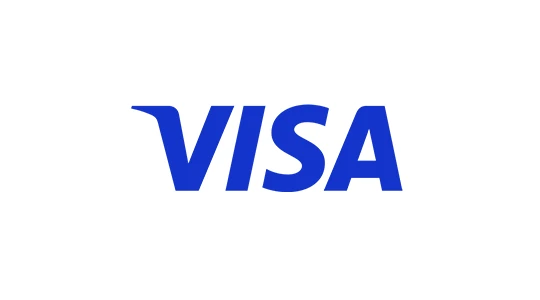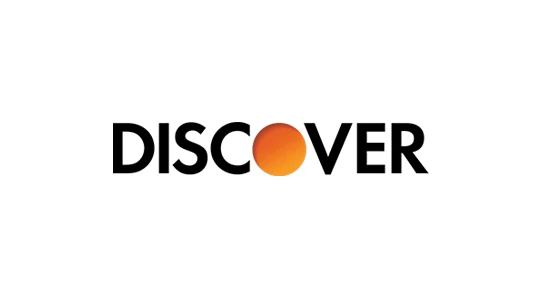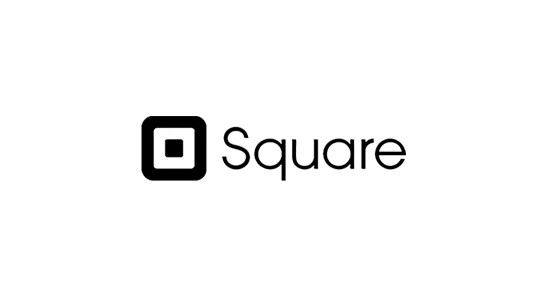Blog
A Deep Dive into Laser Wavelengths: A Guide for Aesthetic Professionals

Diode laserDo you truly understand the science behind each wavelength setting on your aesthetic laser device? Moving beyond the user manual to master the physics of light is the critical step that elevates you from a skilled operator to a true expert—one who can deliver customized, highly effective, and exceptionally safe treatments.
This guide will take you deep into the core principles of light-based therapies. Understanding the intricate relationship between wavelength, target chromophores, and penetration depth is the key to unlocking superior clinical outcomes. We will cover the core physics, provide a detailed breakdown of popular technologies like IPL, Nd:YAG, and Diode lasers, and show you how to select the perfect wavelength for your client’s specific needs.
The Physics of Light: Core Concepts for Professionals
Before we can master the application, we must understand the fundamentals. These three concepts are the foundation of every light-based treatment you perform.
What is a Wavelength (nm)?
A wavelength, measured in nanometers (nm), describes the distance between the peaks of a light wave. A nanometer is simply one-billionth of a meter. Think of it like waves in an ocean: some are short and choppy (shorter wavelengths), while others are long and rolling (longer wavelengths). In aesthetics, this measurement directly correlates to the light’s color (in the visible spectrum) and its physical behavior. Shorter wavelengths appear as violet and blue light, while longer wavelengths move through red into the invisible near-infrared (NIR) spectrum.

Refer to:https://lenalighting.com/
The Law of Selective Photothermolysis: The “Why” It Works
This is the governing principle of all laser and IPL treatments. It states that a specific wavelength of light will be selectively absorbed by a specific target in the skin. This target is called a chromophore. When the chromophore absorbs the light energy, it is rapidly heated and destroyed without significantly damaging the surrounding tissue.
Chromophores: The Targets of Light
A chromophore is a molecule that absorbs light of a particular wavelength. To be an effective aesthetic professional, you must know your targets:
- Melanin:The pigment responsible for color in skin and hair. It is the primary target for laser hair removal and the treatment of pigmented lesions (sun spots, age spots).
- Hemoglobin:The protein in red blood cells that carries oxygen. It is the primary target for treating vascular lesions like broken capillaries, rosacea, and spider angiomas.
- Water:A major component of all skin cells. It is the primary target for certain skin rejuvenation and resurfacing lasers (like NIR and CO₂ lasers) that aim to create a controlled thermal effect to stimulate collagen.
- Exogenous Pigment:This refers to pigments introduced from outside the body, with the most common example being tattoo ink.
Wavelength and Penetration Depth: The Critical Relationship
This is the most important rule to remember: Longer Wavelength = Deeper Penetration.
Shorter wavelengths are more readily scattered and absorbed by superficial structures, so they do not penetrate deeply. Longer wavelengths are less scattered and can travel deeper into the skin’s layers. Imagine a cross-section of the skin: a 400nm wave might only reach the epidermis, while an 800nm wave can reach the dermis, and a 1064nm wave can penetrate deep into the dermis to target the base of a hair follicle.
A Detailed Breakdown of IPL Wavelengths (Filters)
Intense Pulsed Light (IPL) is not a true laser; it is a broadband light source. We use specific filters to block out unwanted wavelengths and allow only a desired range to pass through, creating a targeted treatment. This is why you have an IPL wavelength chart of filters for your handpiece.
430nm – 480nm (Blue/Green Light Band)
- Target Chromophore:Porphyrins produced by acnes bacteria.
- Penetration Depth:Very Superficial.
- Primary Application:Acne Treatment. When porphyrins absorb this light, they release singlet oxygen, which is toxic to the acne-causing bacteria. This is the science behind 430nm acne
530nm – 560nm (Yellow Light Band)
- Target Chromophore:Melanin and Hemoglobin.
- Penetration Depth:Superficial to Mid-Epidermis.
- Primary Application:Superficial Pigmentation (e.g., freckles) and basic Photorejuvenation, as it addresses both brown spots and minor redness.
580nm – 590nm (Yellow/Orange Light Band)
- Target Chromophore:
- Penetration Depth:Mid-Dermis.
- Primary Application:Vascular Lesions. This wavelength range is excellent for targeting telangiectasias (broken capillaries), rosacea, and spider angiomas.
640nm – 690nm (Red Light Band)
- Target Chromophore:
- Penetration Depth:Deeper into the dermis.
- Primary Application:Hair Removal, especially effective for clients with lighter skin and dark hair.
Pro-Tip for IPL: The selection of filters and energy settings is critically dependent on the client’s Fitzpatrick skin type. Shorter wavelengths have a higher affinity for melanin and pose a greater risk of adverse events on darker skin. Always start conservatively.
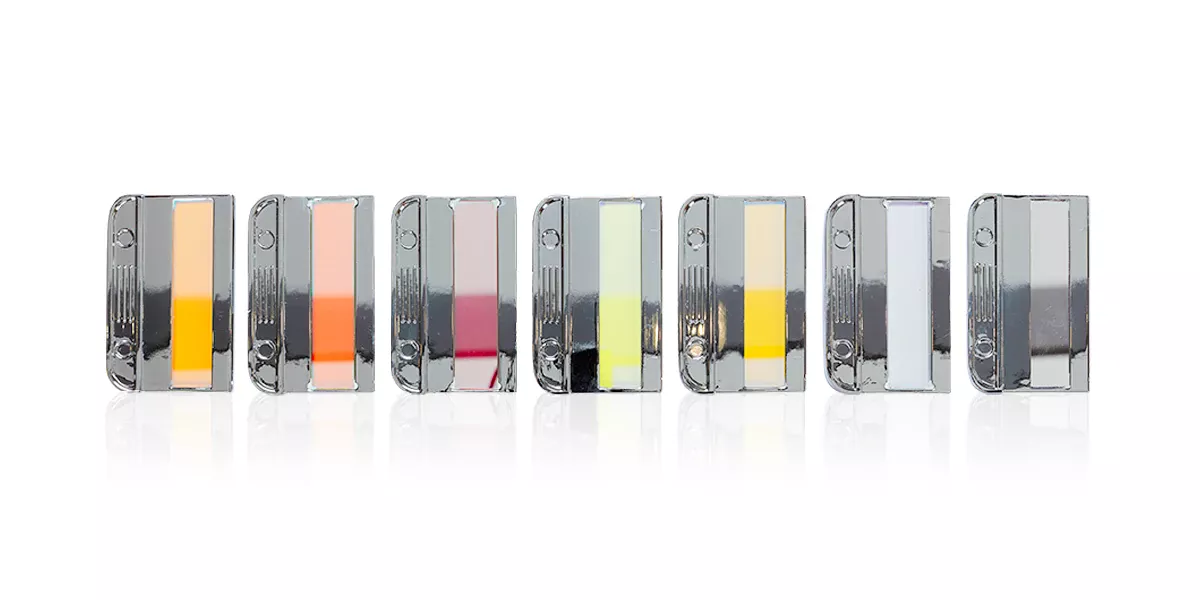
A Detailed Breakdown of Nd:YAG Laser Wavelengths
The Nd:YAG is a solid-state laser renowned for its versatility, primarily because it can produce two distinct and highly useful wavelengths. The Nd:YAG wavelengths are staples in modern aesthetic clinics.
532nm (Frequency-Doubled Nd:YAG)
- Target Chromophore:Melanin, Red/Orange/Brown Tattoo Ink.
- Penetration Depth:
- Primary Applications:Epidermal Pigmentation (freckles, lentigines) and Tattoo Removal of red, orange, and brown inks.
- Clinical Note:This wavelength is highly absorbed by melanin, making it risky for darker skin types. Use with extreme caution.
1064nm (Fundamental Nd:YAG)
- Target Chromophore:Melanin, Black/Blue Tattoo Ink.
- Penetration Depth:Very Deep.
- Primary Applications:Hair Removal on Dark Skin Types, Tattoo Removal of black and blue inks, and treatment of deep dermal pigmentation.
- Clinical Note:The 1064nm for skin of color (Fitzpatrick IV-VI) is the gold standard for safety. Its long wavelength has a lower absorption by epidermal melanin, allowing the energy to bypass the surface and safely target the deeper hair follicle or pigment.
755nm (Alexandrite Wavelength)
Often available as a handpiece on Nd:YAG platforms or as a standalone laser.
- Target Chromophore:Melanin (very high affinity).
- Penetration Depth:Medium-Deep.
- Primary Applications:The “gold standard” for Hair Removal on light skin types (I-III) and the removal of stubborn green and blue tattoo inks.
1320nm (Q-Switched Mode)
- Target Chromophore:Water and an exogenous carbon lotion.
- Penetration Depth:Superficial thermal effect.
- Primary Application:Carbon Laser Peel (also known as the “Hollywood Peel” or “Black Doll Facial”). A layer of carbon lotion is applied to the skin, which is then targeted by the laser. This procedure is excellent for shrinking pores, improving skin texture, and reducing oiliness.
Other Crucial Wavelengths in Aesthetics
Diode Laser (808nm / 810nm)
- Target Chromophore:
- Penetration Depth:
- Primary Application:The Hair Removal Workhorse. The 808nm wavelength offers a perfect balance between strong melanin absorption and deep penetration, making it a safe and effective option for a wide range of skin types.
NIR (Near-Infrared, ~1300nm)
- Target Chromophore:Water in the dermis.
- Penetration Depth:Deep Dermal Heating.
- Primary Application:Skin Tightening & Firming. NIR technology delivers energy to create “bulk heating” in the deep dermis. This gentle heating of water-rich tissue stimulates fibroblasts to produce new collagen, resulting in firmer, tighter skin over time with no pain or downtime.
Practical Application: A Treatment-First Approach
Let’s reverse the thinking. Instead of starting with the machine, start with the client’s goal.
If your client wants Laser Hair Removal:
- Light Skin, Dark Hair:Diode (808nm), Alexandrite (755nm), or IPL (640nm+).
- Dark Skin, Dark Hair:Nd:YAG (1064nm) is the safest and most effective choice.
If your client wants Laser Tattoo Removal:
- Black/Dark Blue Ink:Nd:YAG (1064nm).
- Red/Orange/Brown Ink:Nd:YAG (532nm).
- Green/Light Blue Ink:Alexandrite (755nm).
If your client wants Laser Skin Rejuvenation:
- For Color Correction (Redness/Brown Spots):IPL (530-590nm).
- For Skin Tightening (Laxity):NIR (~1300nm).
- For Pores & Texture:Carbon Laser Peel (1320nm).
If your client wants Acne Management:
- For Active Inflammatory Acne:IPL (430nm).
Conclusion: Wavelength Wisdom is Your Competitive Advantage
A true aesthetic professional knows that their device is more than a collection of buttons and settings; it is a sophisticated tool for manipulating light. A thorough understanding of how laser wavelengths are explained by physics is the absolute foundation for maximizing treatment efficacy and, most importantly, ensuring patient safety.
This knowledge empowers you to move beyond pre-set protocols and confidently design truly personalized treatment plans. It allows you to explain the “why” to your clients, building trust and positioning yourself as a true expert in the field.
Ready to choose the right machine with all these capabilities? Read our Ultimate Guide to Choosing a Laser Machine to match technology to your business goals.


